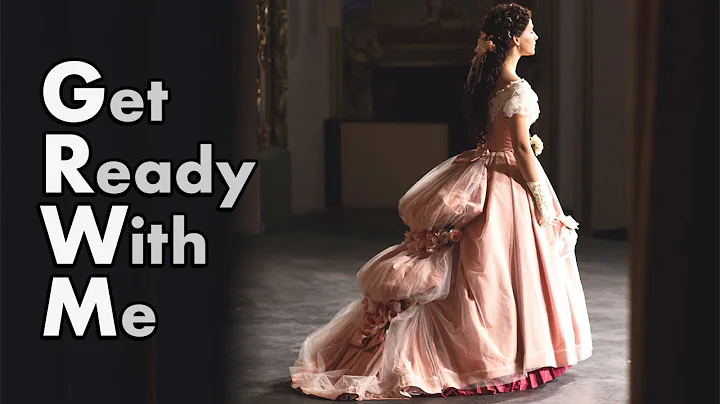


Victorian clothing characteristics
Victorian style refers to the clothing style of Queen Victoria during the reign of British Queen Victoria from 1837 to 1901. The characteristics of women's clothing in this era are the extensive use of lace, gauze, ruffles, ribbons, bows, and more. Layered cake cutting, pleating, shirring and other elements, as well as palace styles such as stand-up collar, high waist, princess sleeves and leg-of-mutton sleeves.


The antique-looking lace material is the number one representative of the Victorian style. High-quality lace is quite labor-intensive and inexpensive, giving it the precious feel of haute couture. Nowadays, with the use of advanced technology, the lace in the market has become softer, breathable, and easy to iron, so it has begun to be used on a large scale. Used in clothing. In the Victorian era, women liked to expose the lace of their underwear on their necklines, cuffs, and skirts. Even afternoon tea, which was popular at the time, had to be covered with white embroidered lace tablecloths and napkins to make it look full of emotion. It can be seen that lace played an important role in Victoria. importance of the times.
Nowadays, in addition to pure lace tops, lace has also been applied to parts of clothing with superb splicing technology, such as collars, plackets, cuffs, hems, etc., and is mixed with other materials to create a more gorgeous and complicated effect. On the other hand, the use of stiff materials also makes the lace material more adaptable. It can be worn safely even if the body shape is more plump.


Ruffles
The gentle ruffles create a classical and noble temperament in the new era. What is different from the past is that this season's ruffles have got rid of the petty and petty style. After integrating with the British royal temperament, they have been greatly stretched, and the shape is more majestic, spreading gently and flyingly across the entire shoulders and chest. On the other hand, the ruffles are also matched with the cutting of the round skirt and modified with drapey lines, blending the Victorian era and the Edwardian era, giving it a more aristocratic and elegant charm.
The most famous one is the Victorian-style cake skirt. This season, whether it is a knee-length cake skirt paired with casual clothes or a long cake skirt for a cocktail party, they are very popular and can highlight the gorgeous and elegant spirit of the Victorian style.


Buttons
Under the elegance of Victoria, buttons are no longer insignificant. Exquisite and elegant materials have become details that you cannot ignore. Imitation pearl buttons are very elegant, and the more popular ones are wrapped buttons, which are wrapped in silk or satin made of the same material as the clothing, giving a seamless decorative feel. At the same time, it also reflects the meticulous workmanship as if it were hand-made. Don't underestimate this row of small buttons, it is a key element to ensure that your little Victorian dress can stand up to criticism.


Bow knot
Decorate it with a shiny ribbon and a bow, because the bow is also an important symbol of the Victorian era. The difference is that the Victorian bow is more particular about the long ribbon behind the knot. Thick and wide ribbons or slender strings are no problem!


Stand-up collar
Women in the Victorian era tended to dress conservatively, using layered techniques to create a sense of luxury, and the stand-up collar was the most important symbol of their style. Sometimes, an exquisite package is more mysterious, sexy and charming than nakedness. Therefore, this season, small stand-up collar shirts are extremely popular. The cotton material has a pure atmosphere, while the lace material has a mature and graceful look. The combination of important elements such as a bow tie is exposed at the collar of the coat, making it look very gorgeous and spirited.
It must be mentioned that Corset
has long been a popular custom of women's waistbands in European history. This custom is related to women's clothing at that time. For hundreds of years after the 16th century, high-status European women generally wore corsets, long skirts that trailed to the floor, and were tied up at the waist. Wearing this kind of tight-waisted suit, the waist needs to be thin to look light and elegant.


The aesthetic concept at that time was a wasp waist and enlarged buttocks. In order to make the waist slender, whale bones were used as skirt supports, and the waist was girded with hard canvas like armor.This type of corset combines the functions of three basic underwear: the bra corset, the girdle corset, and the trouser corset, and adjusts the chest, waist, abdomen, buttocks, and crotch as a whole, avoiding the need for local Adjustment may cause fat to move outward. The overall compression of the one-piece corset tightens the muscles and fat throughout the torso. Women have been wearing tight clothes to shape their bodies since they were girls. Western women put on abnormal corset-style clothes, which compressed their internal organs and deformed them. Therefore, people's life span was very short at that time.

In the 19th century, with the rise of the women's rights movement, some women advocated clothing reform and opposed waistbanding, believing that women could wear trousers like men. In 1887, the British Viscountess Smith put on trousers and declared: "Pants are not only comfortable and hygienic, but also dignified." However, the responders were not enthusiastic, and many women still wore trousers and skirts as fashionable.





















